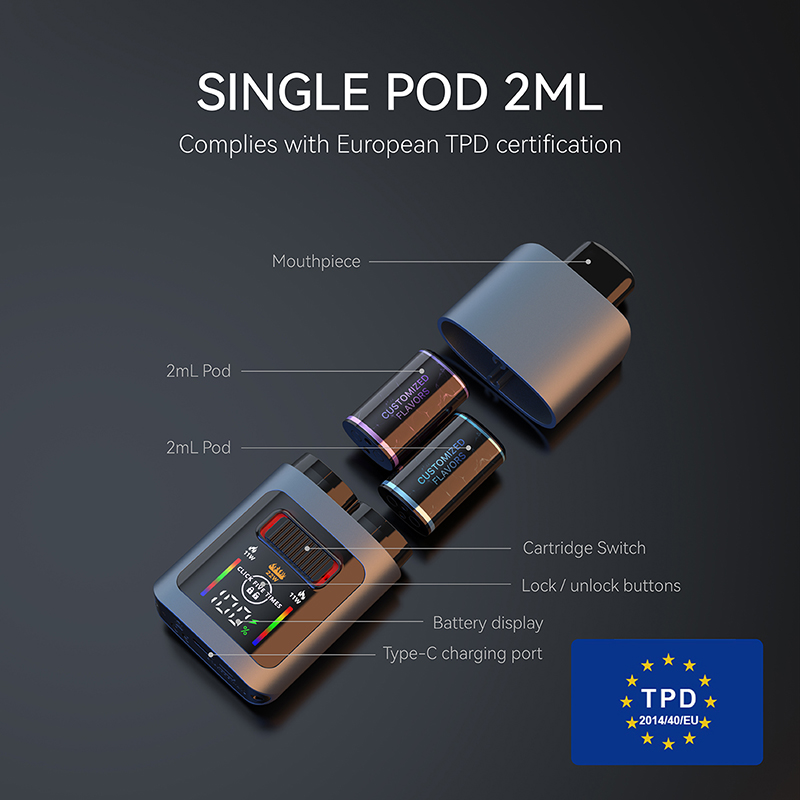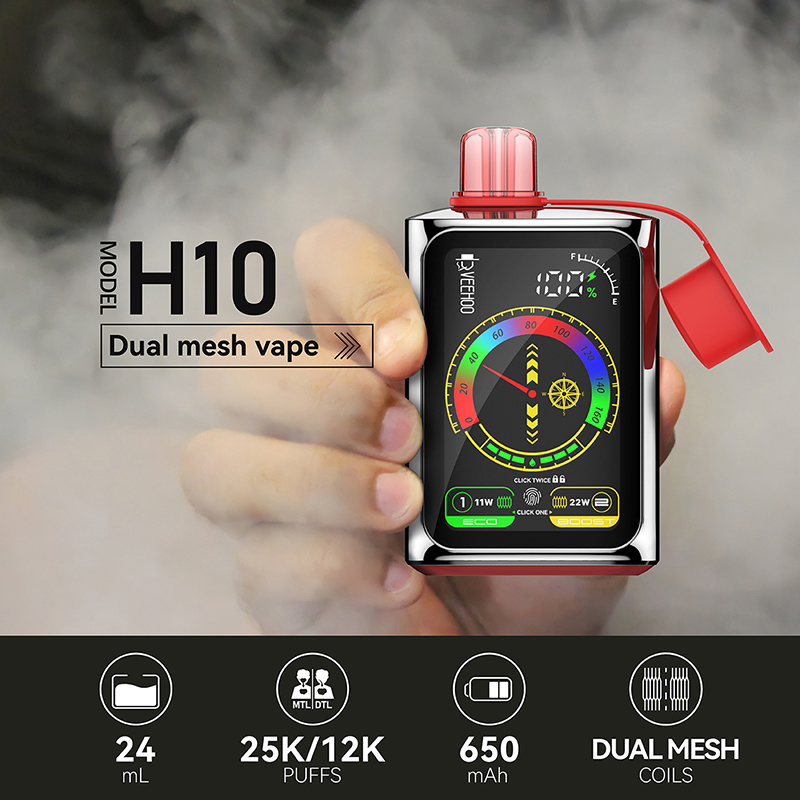Recently, France has again delayed the implementation of a comprehensive ban on nicotine pouches. It is reported that the main reason for the postponement is that EU member states have put forward different degrees of policy pressure and coordination requirements, forcing France to postpone the originally scheduled implementation time. This incident not only reflects the order of public health policies within the EU, but also shows the complexity and diversity of countries’ regulatory path choices for new nicotine products.
The French government first notified the European Commission in February 2025 that it planned to ban the sale of nicotine pouches. The reason was that it was worried that it was attractive to teenagers and its use was hidden. In addition, such products were not included in the current Tobacco Products Directive (TPD), so there were loopholes in regulation. However, before the ban officially came into effect, France was under policy pressure and coordination calls from within the EU, especially the calls from member states for a unified regulatory process at the EU level, which forced France to postpone the implementation of the ban and leave room for the EU to issue unified guidance.
From the EU level, many countries have already taken different related measures before this. For example, Belgium, Germany, Austria, Luxembourg and other countries have imposed strict restrictions or complete bans on the sale of nicotine pouches; while Latvia, Lithuania and the Netherlands have set age thresholds or restrictions on sales to minors. However, the European Commission has not amended the Tobacco Products Directive since 2014, resulting in nicotine pouches still being in a regulatory gray area and unable to be regulated by unified regulations. This situation is also one of the core reasons why the French ban was forced to be delayed.

This delay is not a simple policy hesitation, but a different understanding and interest game of health policy paths in various countries. Some member states emphasize the “harm reduction” path, believing that nicotine pouches, as products with lower risks than traditional cigarettes, should be included in the safe use system rather than a one-size-fits-all ban; others worry that the direction of tobacco control is too biased and the policy cannot take into account the actual needs of adults to quit smoking and switch. Some experts believe that if the ban is fully implemented, France may exacerbate the atmosphere of the illegal market outside the United States, causing consumers to turn to channels that do not require supervision, rather than returning to traditional cigarettes.
At the public health level, France cited the number of toxicological cases: about 19 cases of nicotine poisoning in 2020, which surged to 131 cases in 2022, causing high alert among regulators. In this context, French Health Minister Aurélien Rousseau said that nicotine pouches are “highly addictive and attractive to minors” and must be strictly prohibited from storage, sale and use.
Unlike traditional tobacco control regulations, nicotine pouches are “tobacco smokeless” products, but they are regarded as a potential source of risk by health policies because they contain nicotine. On the one hand, the public is worried that it will become an entry point for teenagers to inhale nicotine; on the other hand, for mature women and smokers, it may be an alternative tool for quitting smoking. Sweden’s “snuff” development path was once seen as a case of reducing cigarette dependence, and the French ban is in sharp contrast to the Swedish model.
The attitudes of EU member states on this issue are significantly divided. Some countries call for unified flavoring restrictions, cross-border supervision and unified rules; while health advocacy organizations prefer controllable legal channels, age verification and marketing restrictions to avoid a regulatory vacuum caused by a total ban. This lack of consensus makes it difficult for France to move forward unilaterally, and it chooses to synchronize with the EU or wait for EU-level resolutions to maintain coordination and market stability.

Although the delay slows down the pace of the implementation of the regulations, it also frees up space in a sense, allowing the industry and consumers to have more time to prepare. For e-cigarette and nicotine replacement product brands such as VEEHOO that adhere to the concept of “technology and health integration”, the delay brings a window period to adjust channels and optimize compliance strategies. VEEHOO has been promoting rechargeable e-cigarettes and safe pod systems in the European market for many years. Its product design has taken into account age verification, e-liquid purity and packaging specifications, which are in line with the high-standard regulatory system that may be introduced by the EU or even France.
When the regulatory environment is uncertain, VEEHOO can demonstrate its credibility as a legal alternative by strengthening its own compliance inspection system, increasing localized test results and health tips. For example, its mass-produced Type-C rechargeable devices, smart chip locking cartridges and official recycling solutions can become one of the future explicit regulatory benchmarks. In addition, VEEHOO can cooperate with French health institutions to carry out smoking cessation support projects, using legal channels and scientific research data to support its value as an adult alternative tool.
More importantly, the extension provides a time window for brands to participate in discussions through official channels and experts, and put forward suggestions for product improvement, including taste and nicotine concentration control, restrictions on purchase channels for minors, compliance labels and packaging, etc., so as to avoid future regulations from blindly imposing sanctions. At the same time, it can connect with the policies of other EU countries in advance to ensure the synchronization of research and development and compliance, and enhance the overall market competitiveness of Europe.
Although the extension means that market changes are slow, for public health, it also provides more coordination and dialogue possibilities for different stakeholders. While waiting for the revision of the Tobacco Products Directive at the EU level, France can also work with other countries that respond quickly, such as Germany and Austria, to gradually align product definitions, safety limits and marketing boundaries.

Future trends can be roughly divided into two paths: one is the direction of total ban, restricting sales and use and imposing high fines or even criminal liability; the other is a controllable path, through compliant listing, ingredient supervision, and prevention of minors from intrusion, to balance the relationship between adult alternative smoking cessation and youth protection. As a responsible brand, VEEHOO obviously prefers the latter path, striving to provide safe and controllable solutions when the regulations are improved.
In short, the extension of the French nicotine bag ban is not a policy failure, but a natural result in the complex context of multiple EU countries negotiating regulatory paths and calling for unified regulatory decisions. This extension provides more time for relevant industries, governments and the public to conduct prudent evaluations and has the opportunity to make policies more scientific and coordinated.
For brands like VEEHOO, it is an excellent opportunity to use this window period to improve the product system, actively participate in public health construction, and promote legal smoking cessation paths for adult consumers. Regardless of whether the future direction is prohibition or regulation, companies that lay out compliance channels in advance and protect health interests are the ultimate beneficiaries, and can set an example of responsibility and growth direction for the industry-this not only helps brand development, but also provides effective support for social health goals.
Tags: ceramic atomization core, underage protection, flavored e-cigarettes, veehoo vape